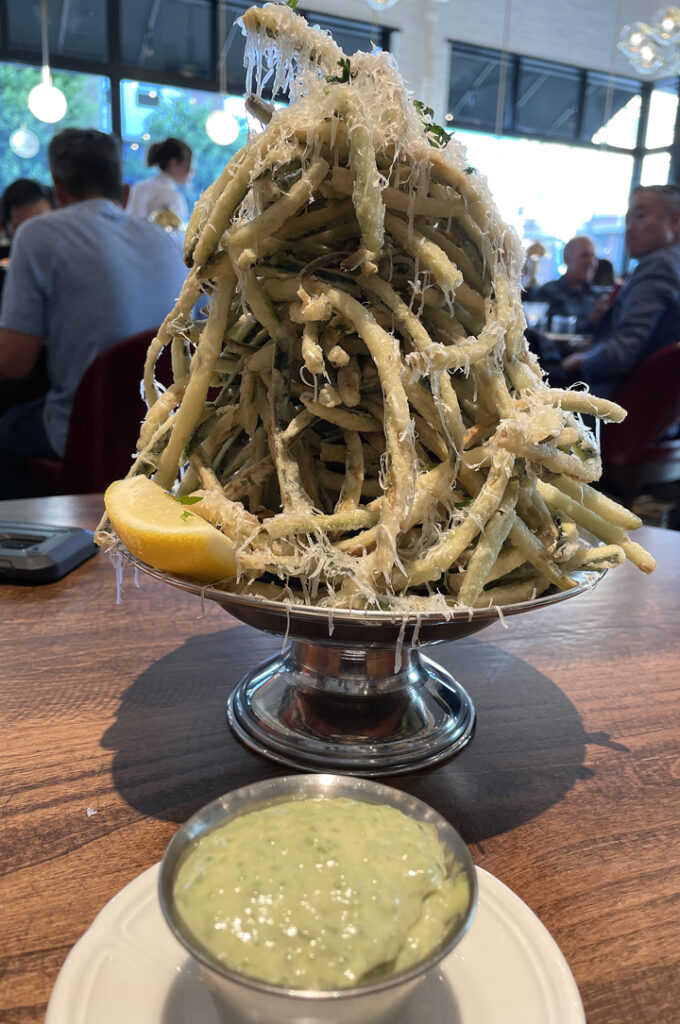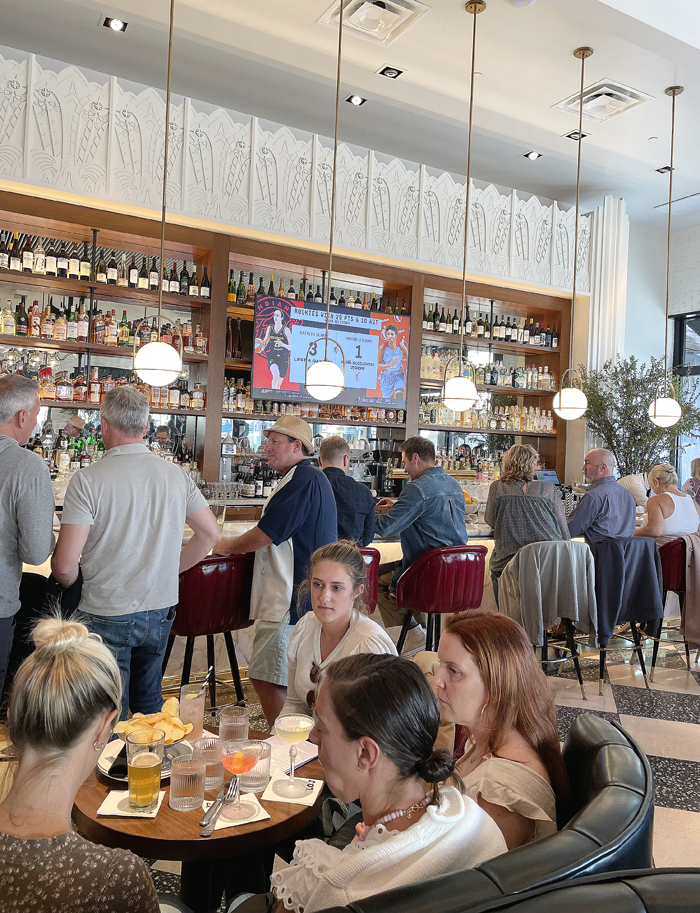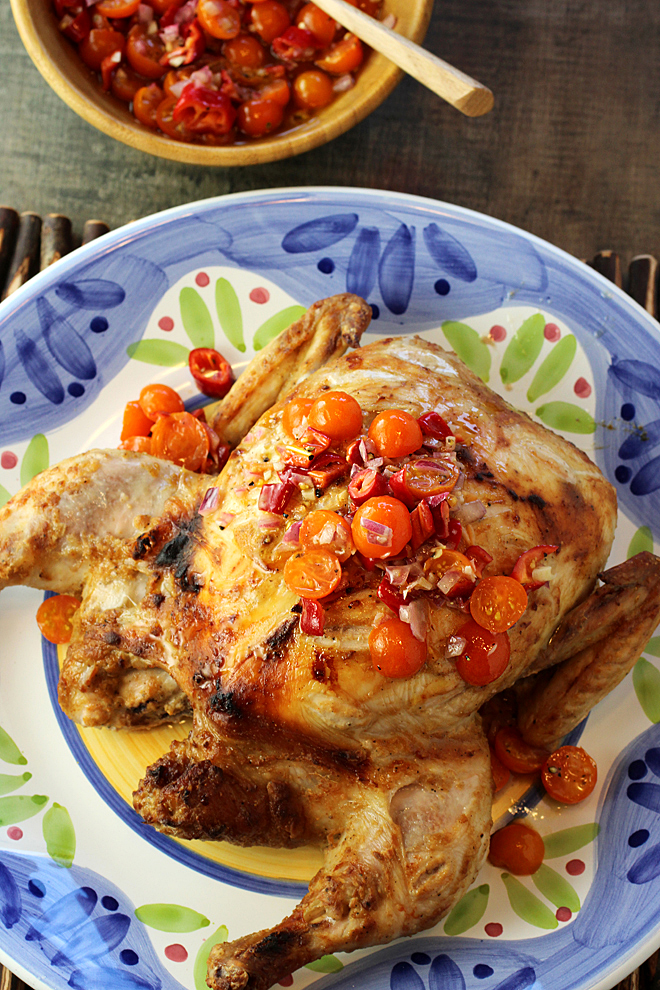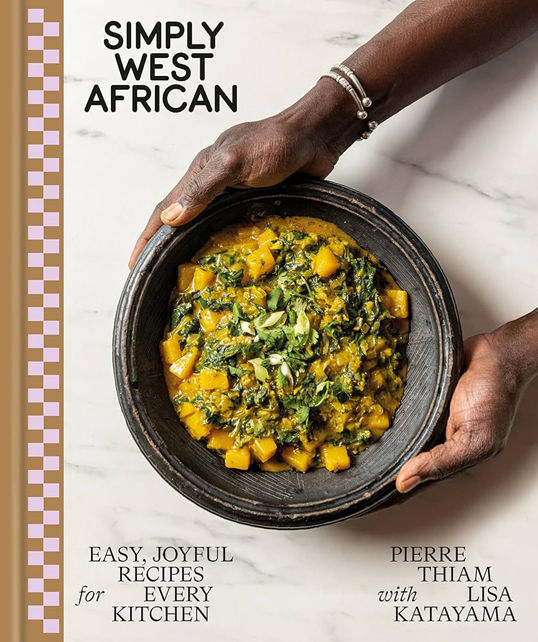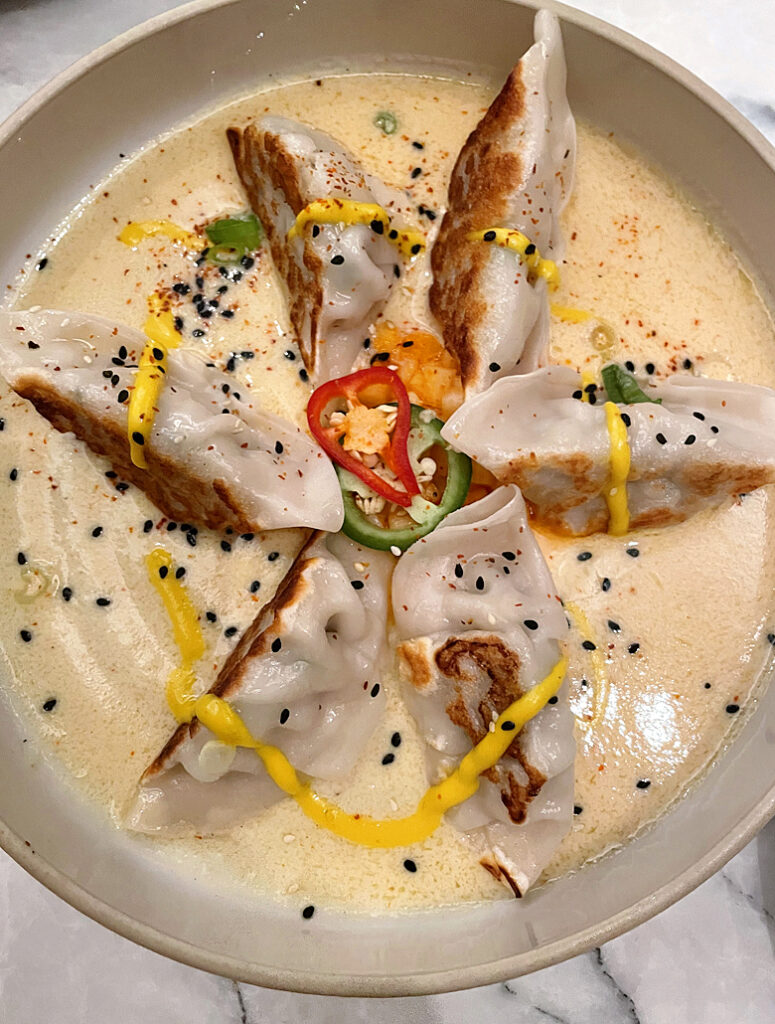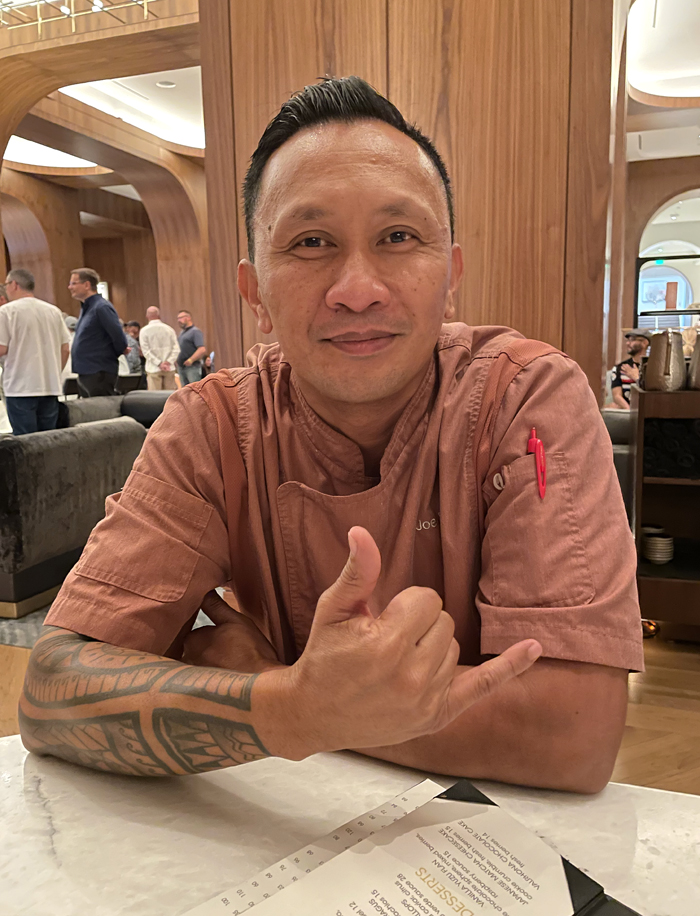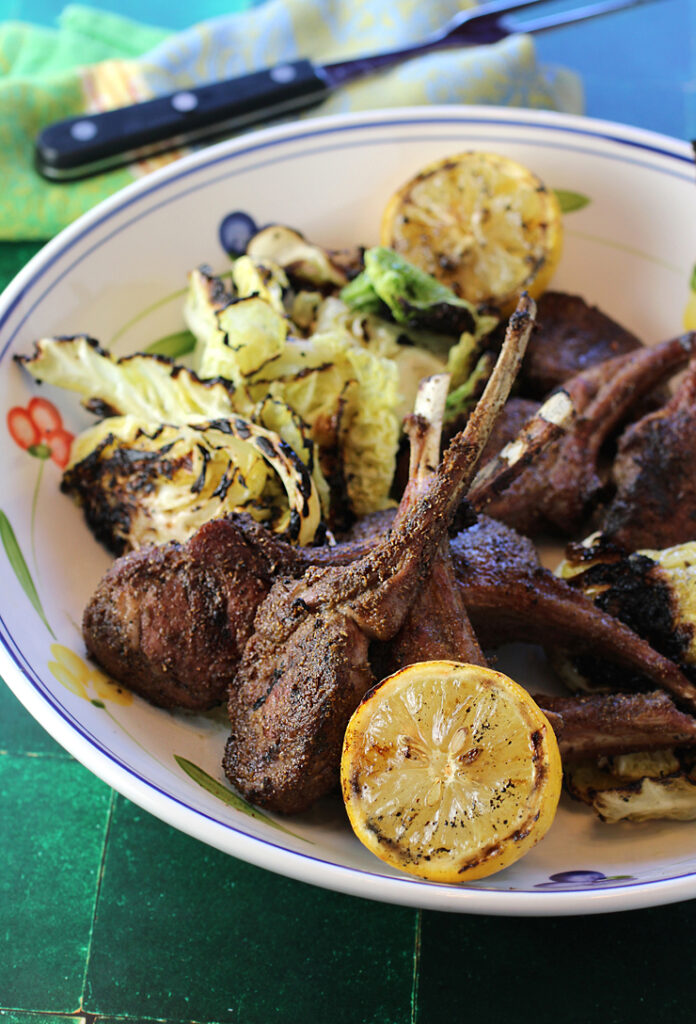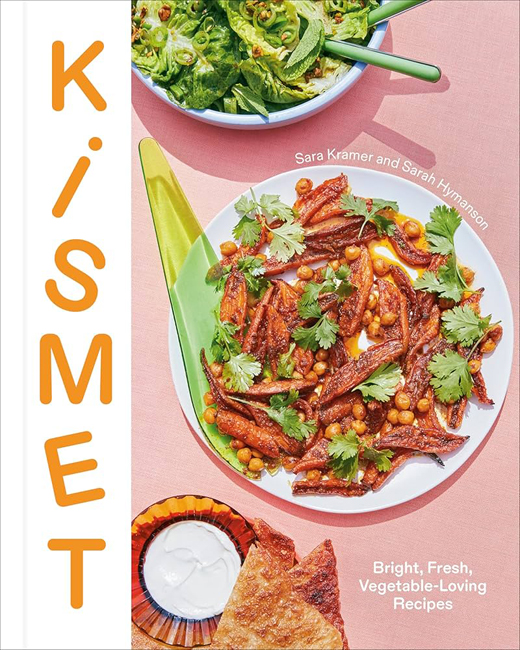In Praise of Cardamom Butter Cake
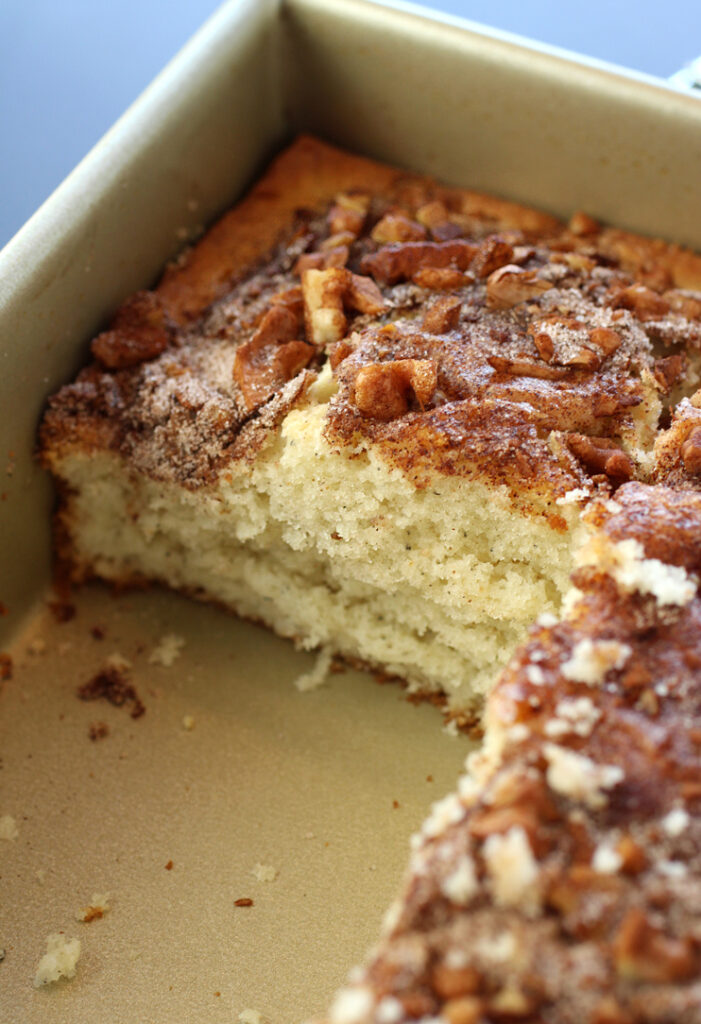
When Pittsburgh-based Liana Krissoff set out to write her newest cookbook, she had herself and her daughter in mind — as well as anyone wanting to nurture an everlasting love for cooking in their children.
“In Praise of Home Cooking” (Abrams, 2023), of which I received a review copy, showcases more than 85 recipes that have not only proved formative to Krissoff’s own culinary prowess, but helped her instruct her daughter in such a way that she gained both skills and confidence along the way.
Krissoff, a recipe tester, editor, and veteran cookbook author, readily admits that some of the recipes in the book may seem basic at first glance. However, they provide not only a solid foundation, but a jumping off point to hone techniques and creativity.
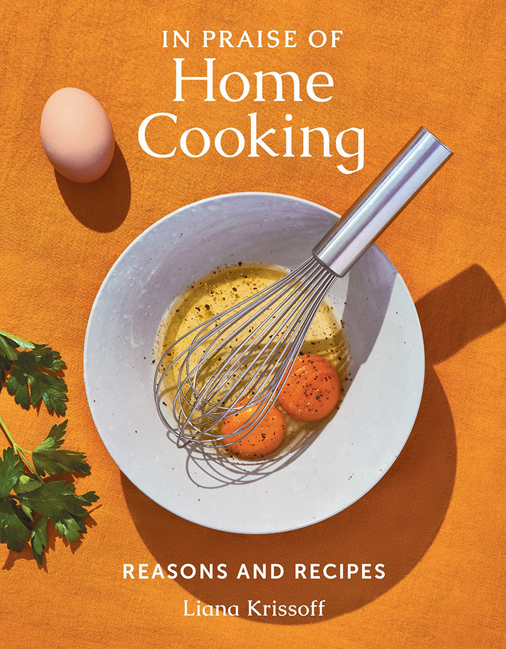
That’s why you’ll find recipes for “Grilled Cheese Sandwich” (with tips on how to jazz it up with spices and kimchi or sauerkraut), “Baked Potatoes” (rubbed all over with bacon fat before going into the oven), “Basic Meatloaf with a Few Vegetables,” and “Yogurt Marinated Spiced Chicken.”
Read more
